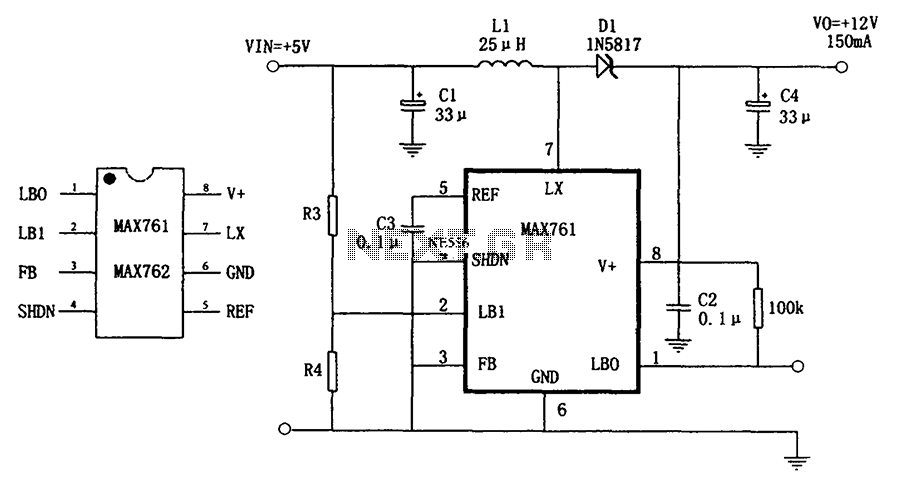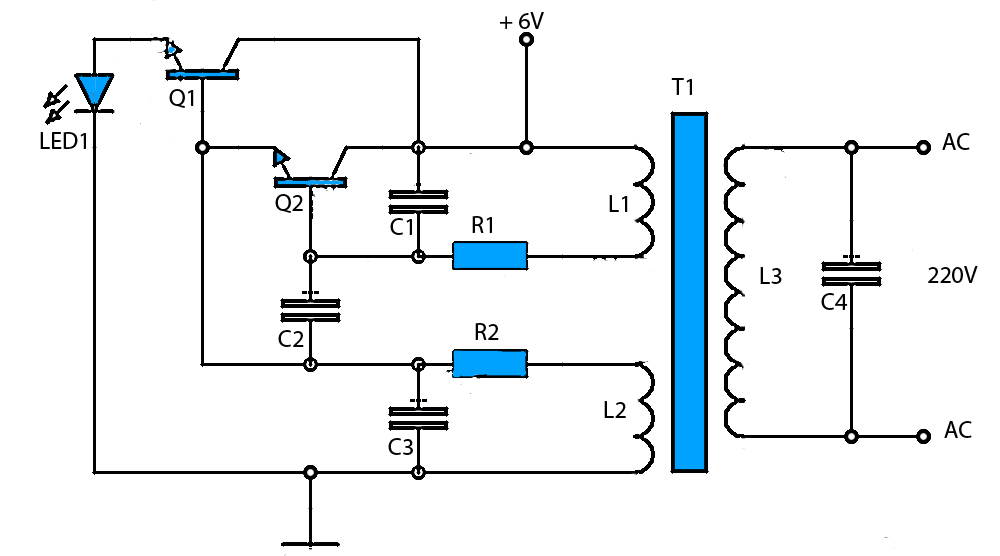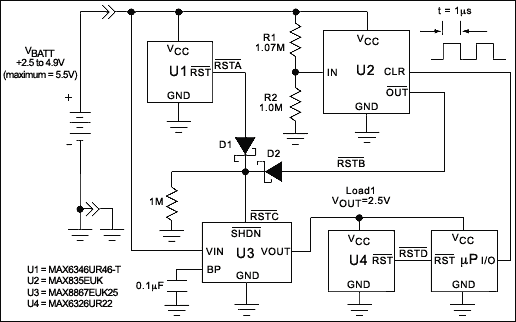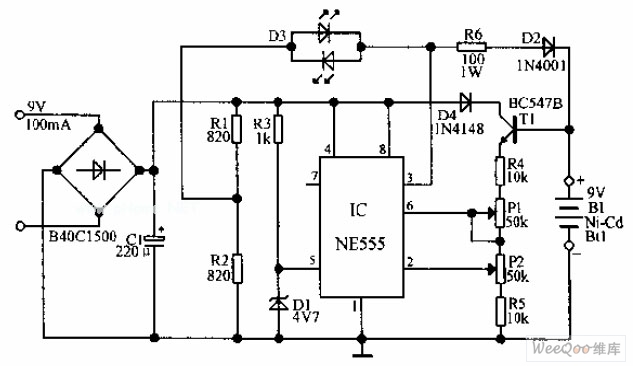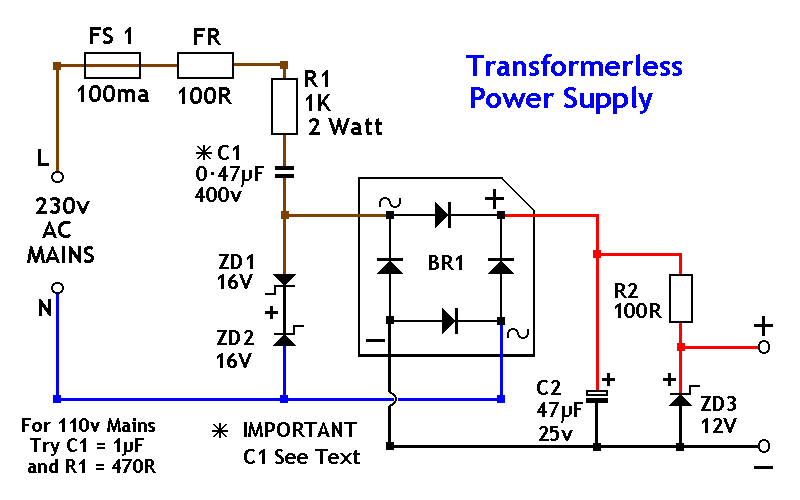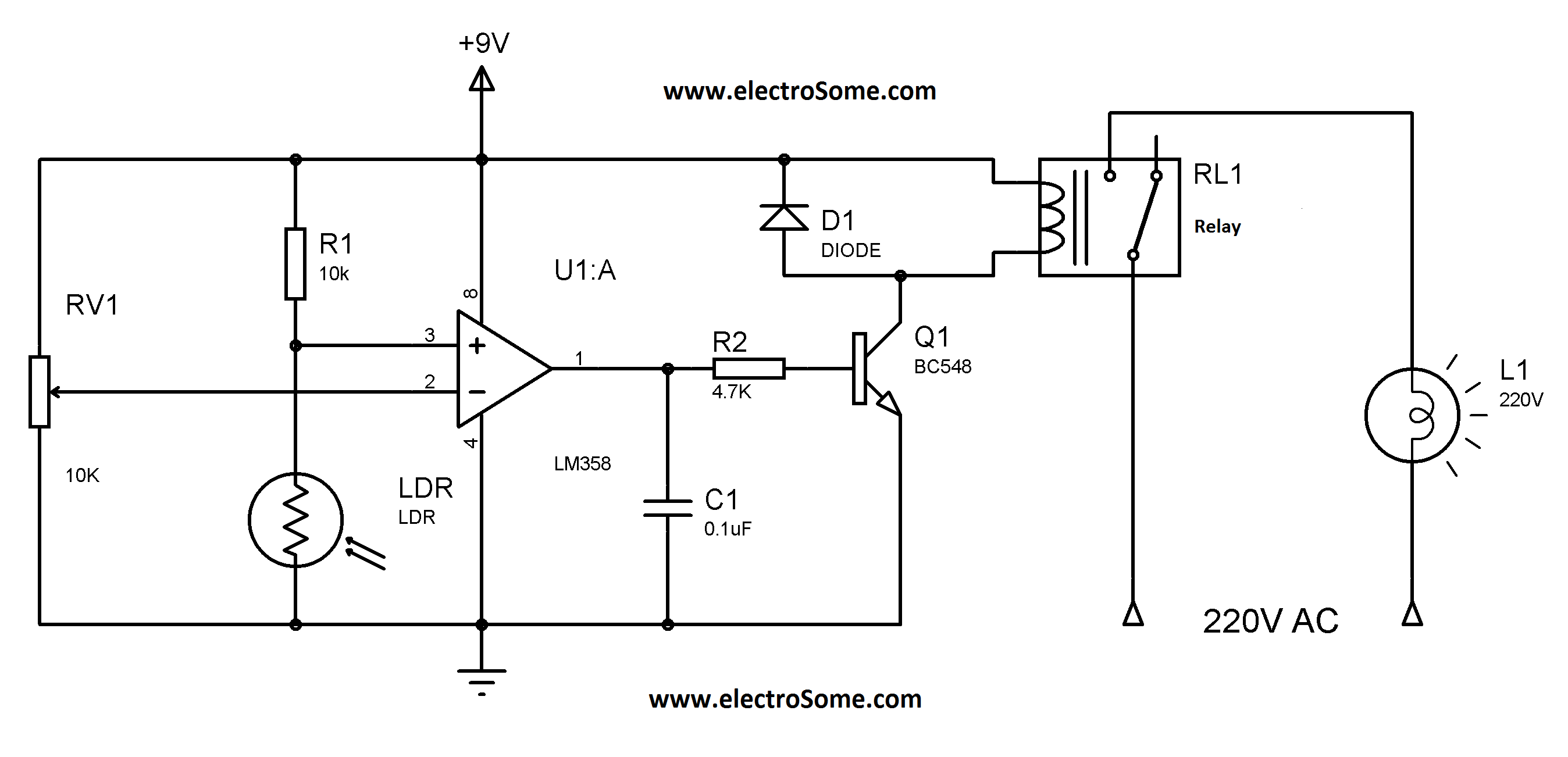
Automatic Inverter Supply and Mains Supply Changeover Relay
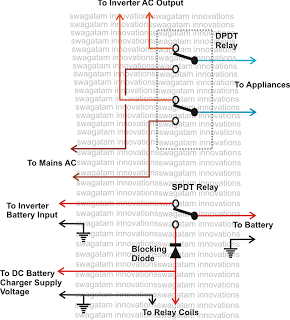
This inquiry has been presented multiple times on this blog regarding the implementation of a changeover selector switch for the automatic toggling of an inverter when AC mains power is available, and vice versa. The system must also enable the automatic switching of the battery charger so that when AC mains power is present, the inverter battery is charged, and when AC mains fails, the battery is connected to the inverter to supply AC power to the load. The configuration should ensure that all operations occur automatically, maintaining continuous power to the appliances by seamlessly switching between inverter AC and mains AC during power failures and restorations. A simple yet efficient relay assembly module is proposed to perform these functions without user intervention, operating automatically, silently, and fluently. In the default state, the relays are in the normally closed (N/C) position, indicating that they are unpowered, which occurs in the absence of mains AC input. The connected appliances are rapidly switched from inverter AC to mains AC within a fraction of a second, ensuring that there is no noticeable interruption in power supply, thereby maintaining continuous operation.
The proposed circuit employs a relay-based mechanism to facilitate automatic switching between the inverter and the mains power supply. The heart of this system consists of a double-pole double-throw (DPDT) relay configured to toggle the connection based on the availability of AC mains power. When mains power is present, the relay is energized, directing the output to the mains supply while simultaneously connecting the battery charger to the inverter battery to ensure it remains charged. In the event of a power failure, the relay de-energizes, instantly redirecting the output to the inverter, which then supplies power from the battery to the connected load.
To implement this system, the relay should be rated appropriately for the load it will control, ensuring it can handle the maximum current and voltage requirements. Additionally, a suitable power supply is needed to energize the relay coil, which can be derived from the mains voltage or an auxiliary power source. It is also essential to include protection elements, such as diodes across the relay coil, to prevent back EMF from damaging the circuit components when the relay is switched off.
For added reliability, a delay circuit may be integrated to prevent rapid switching during transient conditions, such as momentary power fluctuations. This delay can be implemented using an RC timing circuit or a microcontroller, which would monitor the AC mains status and control the relay accordingly.
Overall, this relay assembly module provides a robust solution for automatic power switching, ensuring uninterrupted operation of connected appliances during mains power fluctuations. The design emphasizes simplicity and efficiency, allowing for seamless transitions between power sources without user intervention.I have been put forth with this question many times in this blog, how do we add a change over selector switch for automatic toggling of an inverter when AC mains is present and vice versa and also the system must enable automatic switching of the battery charger such that when AC mains is present the inverter battery gets charged and when AC mains fails, the battery gets connected with the inverter for supplying AC to the load. The configuration should be such that everything takes place automatically and the appliances are never switched OFF, just reverted from inverter AC to Mains AC and vice versa during mains powerfailuresand restorations. So here I am with a simple yet very efficient little relay assembly module which will do all the above functions without letting you know about the implementations, everything is done automatically, silently and with great fluency.
The shown position of the relays are in the N/C directions, meaning the relays are not powered, which will obviously be in the absence of the mains AC input. The connected appliances are instantly diverted from the inverter AC to the mains AC within a split second such that the appliances doesnt even blink, giving an impression that nothing had happened and the are kept operative continuously without any interruptions.
🔗 External reference
The proposed circuit employs a relay-based mechanism to facilitate automatic switching between the inverter and the mains power supply. The heart of this system consists of a double-pole double-throw (DPDT) relay configured to toggle the connection based on the availability of AC mains power. When mains power is present, the relay is energized, directing the output to the mains supply while simultaneously connecting the battery charger to the inverter battery to ensure it remains charged. In the event of a power failure, the relay de-energizes, instantly redirecting the output to the inverter, which then supplies power from the battery to the connected load.
To implement this system, the relay should be rated appropriately for the load it will control, ensuring it can handle the maximum current and voltage requirements. Additionally, a suitable power supply is needed to energize the relay coil, which can be derived from the mains voltage or an auxiliary power source. It is also essential to include protection elements, such as diodes across the relay coil, to prevent back EMF from damaging the circuit components when the relay is switched off.
For added reliability, a delay circuit may be integrated to prevent rapid switching during transient conditions, such as momentary power fluctuations. This delay can be implemented using an RC timing circuit or a microcontroller, which would monitor the AC mains status and control the relay accordingly.
Overall, this relay assembly module provides a robust solution for automatic power switching, ensuring uninterrupted operation of connected appliances during mains power fluctuations. The design emphasizes simplicity and efficiency, allowing for seamless transitions between power sources without user intervention.I have been put forth with this question many times in this blog, how do we add a change over selector switch for automatic toggling of an inverter when AC mains is present and vice versa and also the system must enable automatic switching of the battery charger such that when AC mains is present the inverter battery gets charged and when AC mains fails, the battery gets connected with the inverter for supplying AC to the load. The configuration should be such that everything takes place automatically and the appliances are never switched OFF, just reverted from inverter AC to Mains AC and vice versa during mains powerfailuresand restorations. So here I am with a simple yet very efficient little relay assembly module which will do all the above functions without letting you know about the implementations, everything is done automatically, silently and with great fluency.
The shown position of the relays are in the N/C directions, meaning the relays are not powered, which will obviously be in the absence of the mains AC input. The connected appliances are instantly diverted from the inverter AC to the mains AC within a split second such that the appliances doesnt even blink, giving an impression that nothing had happened and the are kept operative continuously without any interruptions.
🔗 External reference
